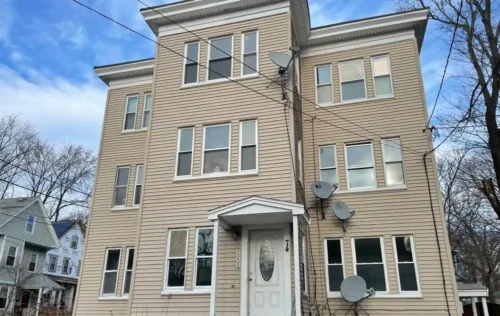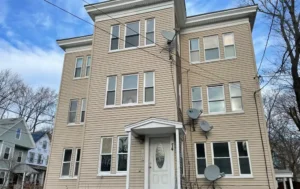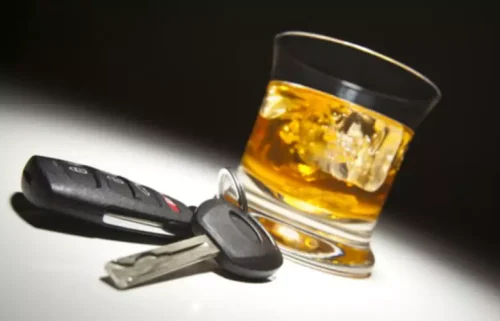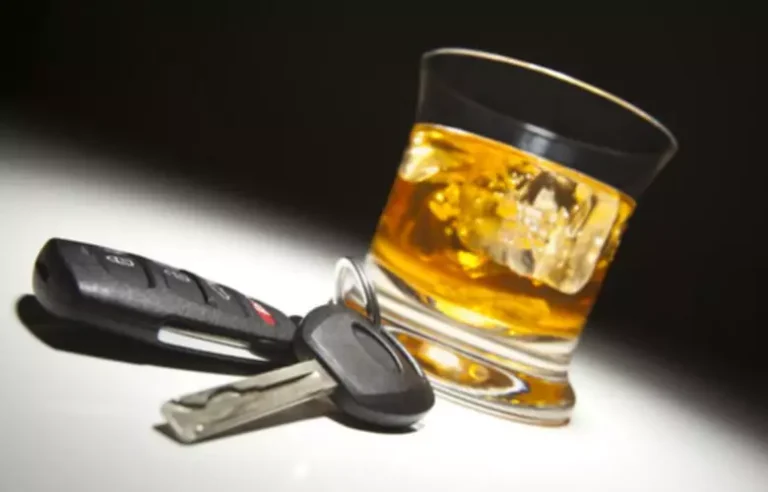
If severe enough to require definitive treatment, the depression in withdrawal responds to antidepressant drugs and/or cognitive therapy and usually diminishes gradually over 6-12 months. They can be life-saving in status epilepticus (repeated fits, one after another) and in fits caused by overdose of certain drugs (for example, tricyclic antidepressants). However, rapid withdrawal, especially from high potency benzodiazepines, can precipitate epileptic fits as a rebound reaction. Such an occurrence is extremely rare with slowly eliminated benzodiazepines (e.g. diazepam) or with slow dosage tapering. If a fit does occur in these circumstances, it is usually only a single fit and causes no lasting damage. Other phenomena seen in rapid withdrawal are psychotic symptoms, severe confusion and delirium, but again these hardly ever occur with slow dosage tapering.
TABLE 1. BENZODIAZEPINE WITHDRAWAL SYMPTOMS

For this reason, addiction-based detox centers do not offer the tailored and specialized support for physically dependent patients. While not always life-threatening, benzodiazepine withdrawal can become dangerous, especially if the drug is stopped suddenly after long-term use. Severe complications, such as seizures, psychosis, or cardiovascular distress, can also occur without proper medical guidance.
Benzodiazepine Withdrawal Timeline

Long-term treatment after benzodiazepine withdrawal will depend on your reasons for taking them in the first place and your reasons for quitting. If you have a psychiatric condition that was managed by the benzodiazepines, you will need an alternative plan to manage your condition. Research indicates that physical dependence may begin in drug addiction just a few weeks, even while taking the drugs in low therapeutic doses.
Hallucinations, illusions, perceptual distortions

Because of limited dose formulations, it may be necessary to switch to diazepam even if you are on a fairly long-acting benzodiazepine of relatively low potency (e.g. flurazepam Dalmane). Liquid preparations of some benzodiazepines are available and if desired slow reduction from these can be accomplished by decreasing the volume of each dose, using a graduated syringe. If you reach a difficult point, you can stop there for a few weeks if necessary, but you should try to avoid going backwards and increasing your dosage again. Some doctors advocate the use of “escape pills” (an extra dose of benzodiazepines) in particularly stressful situations. This is probably not a good idea as it interrupts the smooth decline in benzodiazepine concentrations and also disrupts the process of learning to cope without drugs which is an essential part of the adaptation to withdrawal.
- For individuals who have used benzodiazepines at high doses or over an extended period, withdrawal symptoms are usually more severe and prolonged.
- Such buried or half-forgotten experiences may have to be faced after withdrawal and may prolong both anxiety and depression.
- For instance, individuals may experience increased anxiety or insomnia, the symptoms for which the drug was initially prescribed, at a more intense level during withdrawal.
- Requirements for water and salt vary with body size, environmental temperature, amount of exercise, etc. so cannot be stated categorically.
Signs and Symptoms of Benzodiazepine Withdrawal
- The process of slow benzodiazepine tapering in these patients caused only slight exacerbation of these symptoms, which then declined after withdrawal.
- If a fit does occur in these circumstances, it is usually only a single fit and causes no lasting damage.
- There have also been reports of withdrawal that spontaneously improves or vanishes overnight after the person had been suffering intensely for years before.
- Depressive symptoms may appear for the first time after withdrawal, sometimes after a delay of a few weeks, and it can be severe and protracted for some months.
- These findings have been repeated in several other studies of elderly patients taking benzodiazepines long-term.
There are many measures that will alleviate these symptoms, such as muscle stretching exercises as taught in most gyms, moderate exercise, hot baths, massage and general relaxation exercises. Such measures may give only temporary relief at first, but if practised regularly abrupt withdrawal of benzodiazepines may result in: can speed the recovery of normal muscle tone – which will eventually occur spontaneously. One particular patient who was confined to a wheelchair with a spastic paralysis and who was also blind, was able to come off all his benzodiazepines with the help of a meditation technique. However, not everyone is able to devote the mental and physical concentration required for these techniques.
- If you reach a difficult point, you can stop there for a few weeks if necessary, but you should try to avoid going backwards and increasing your dosage again.
- There is absolutely no doubt that anyone withdrawing from long-term benzodiazepines must reduce the dosage slowly.
- The best resource in your quest to quit benzodiazepines is your prescribing doctor.
Possible mechanisms of persisting sensory and motor symptoms

Benzodiazepine Tapering Strategies and Solutions provides an overview of safer tapers. Thus from almost any starting point, the motivated long-term user can proceed in good heart. The mechanisms of these bizarre symptoms are probably similar to those which cause delirium tremens (hallucinations, classically of pink elephants or rats, in the “DTs” of alcohol withdrawal).